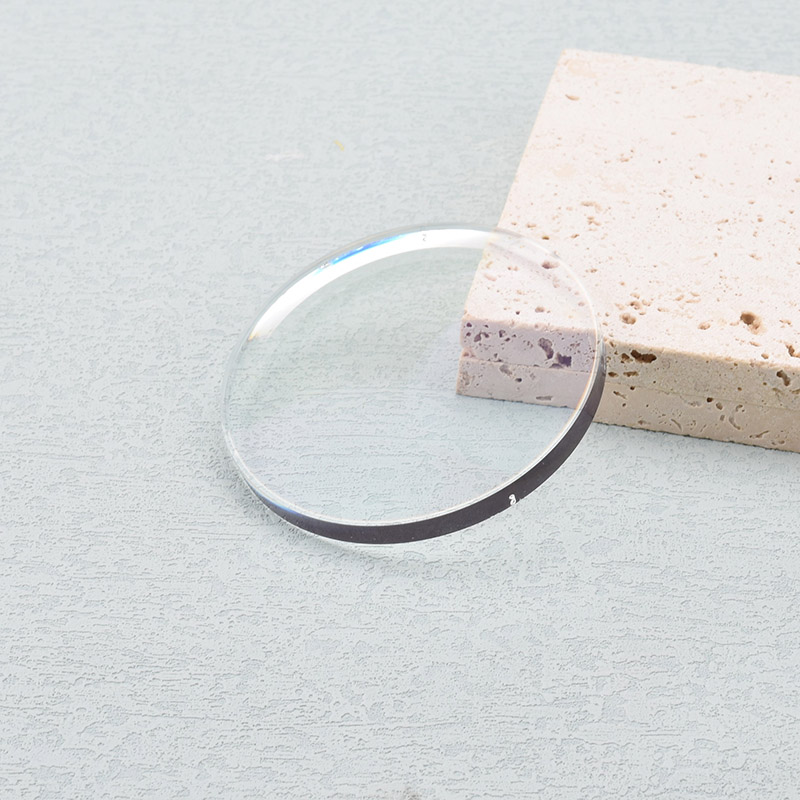
Products
IDEAL Basic Standard Stock Lens
| VISION EFFECT | FINISHED | SEMI-FINISHED | |
|
STANDARD |
SINGLE VISION | 1.49 INDEX | 1.49 INDEX |
| 1.56 MIDEDLE INDEX | 1.56 MIDDLE INDEX | ||
| 1.60/1.67/1.71/1.74 | 1.60/1.67/1.71/1.74 | ||
| BIFOCAL | FLAT TOP | FLAT TOP | |
| ROUND TOP | ROUND TOP | ||
| INSIVIBLE | INVISIBLE | ||
| PROGRESSIVE | SHORT CORRIDOR | SHORT CORRIDOR | |
| REGULAR CORRIDOR | REGULAR CORRIDOR | ||
| NEW DESIGN 13+4mm | NEW DESIGN 13+4mm |
● Single Vision Lenses: What is a single vision lens?
When it is difficult to focus on near or distant objects, single vision lenses can help. They can help correct: Refractive errors for myopia and presbyopia.
● Multi-focal lenses:
When people have more than one vision problem, lenses with multiple focal points are needed. These lenses contain two or more prescriptions for vision correction. Solutions include:
Bifocal lens: This lens can be divided into two parts. The top half helps to see things in the distance, and the bottom half helps to see things nearby. Bifocals can help people over the age of 40 who suffer from presbyopia. Presbyopia that leads to continuous decreasing of ability to focus at close distances.
Progressive lens: This kind of lens has a lens whose degree changes gradually between different lens degrees, or a continuous gradient. The lens gradually comes into focus as you look down. It's like bifocal glasses with no visible lines in the lenses. Some people find that progressive lenses cause more distortion than other types of lenses. This is because more area of the lens is used for transition between lenses of different powers, and the focal area is smaller.



These lenses help if you have trouble focusing on objects that are either close up or far away. Single-vision lenses can correct:
● Myopia.
● Hyperopia.
● Presbyopia.
Reading glasses are a type of single-vision lens. Often, people with presbyopia see objects in the distance clearly but have trouble seeing the words when they’re reading. Reading glasses can help. You can often buy them over the counter at a pharmacy or bookstore, but you will get a more accurate lens if you see a healthcare provider for a prescription. Over the counter readers are not helpful if the right and left eyes have different prescriptions. Before attempting to use readers, see your eye care professional first to make sure that you can use them safely.


If you have more than one vision problem, you may need glasses with multifocal lenses. These lenses contain two or more vision-correcting prescriptions. Your provider will discuss your options with you. Options include:
✔ Bifocals: These lenses are the most common type of multifocals. The lens has two sections. The upper part helps you see things in the distance, and the lower part enables you to see nearby objects. Bifocals can help people over age 40 who have presbyopia, which causes a decline in your ability to focus up close.
✔ Trifocals: These eyeglasses are bifocals with a third section. The third section helps people who have trouble seeing objects within arm’s reach.
✔ Progressive: This type of lens has an inclined lens, or a continuous gradient, between different lens powers. The lens focuses progressively closer as you look down through it. It’s like bifocals or trifocals without visible lines in the lenses. Some people find that progressive lenses cause more distortion than other types. That’s because more area of the lens is used for transitioning between the different types of lenses. The focal areas are smaller.
✔ Computer glasses: These multifocal lenses have a correction specifically made for people who need to focus on computer screens. They help you avoid eye strain.














